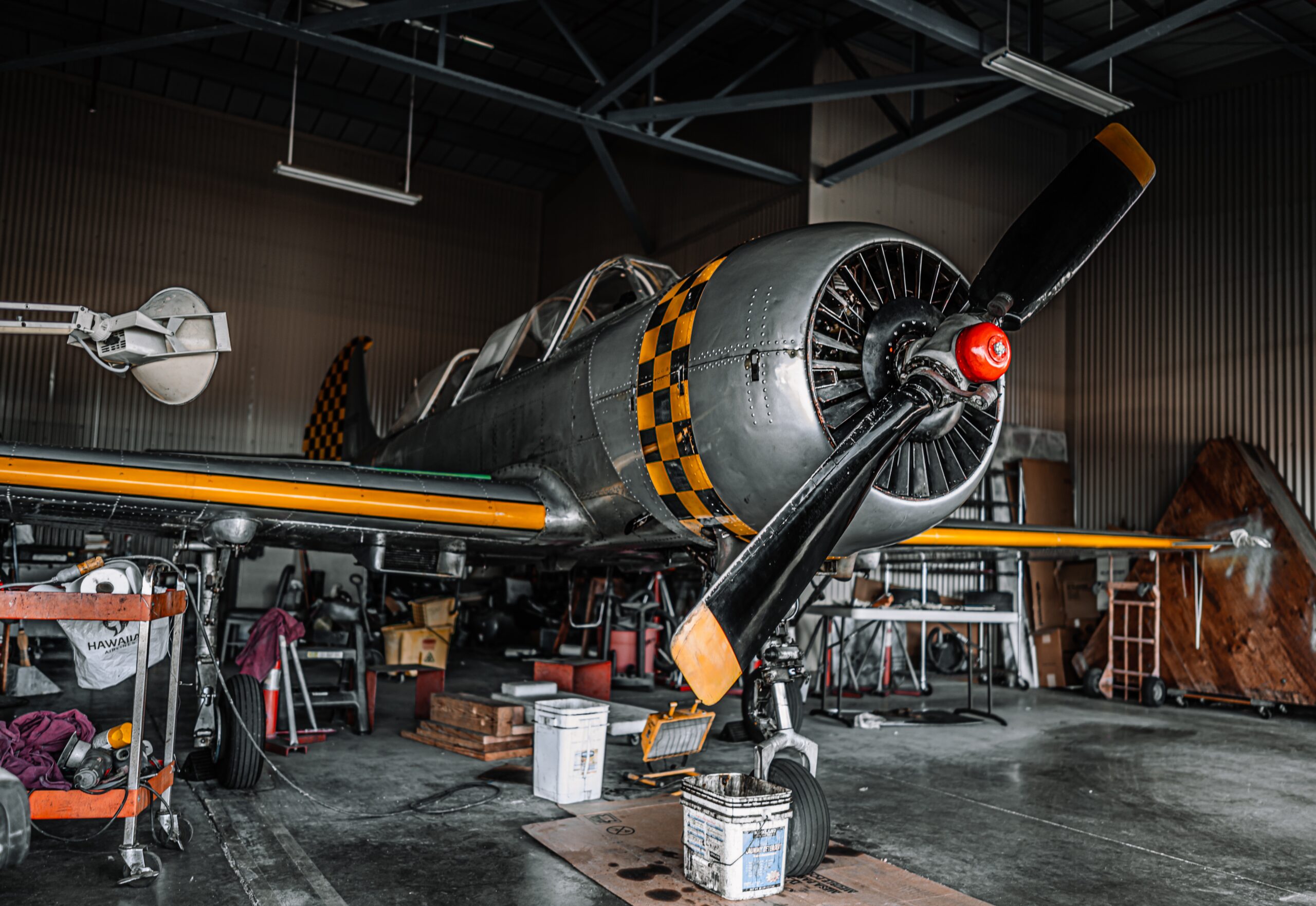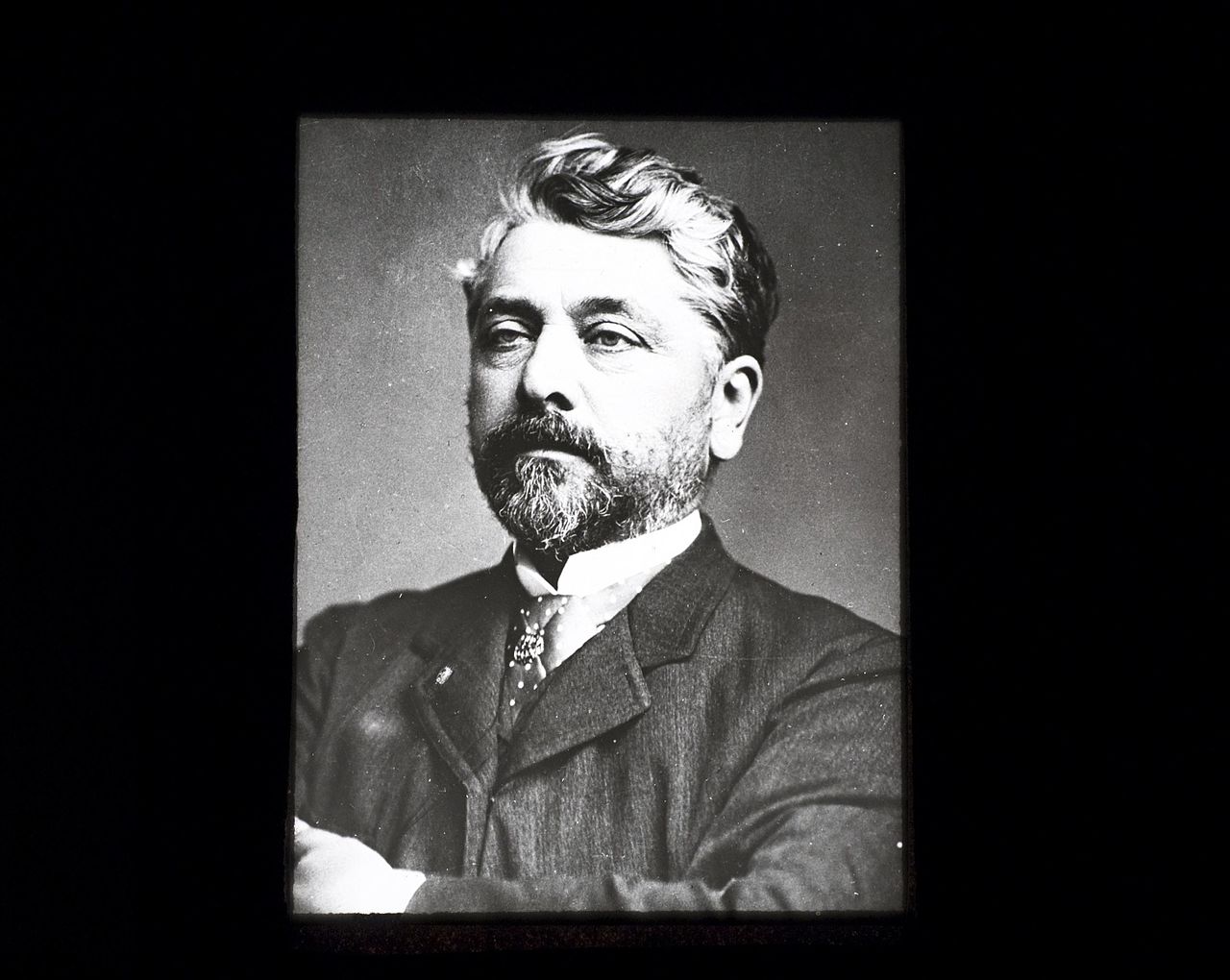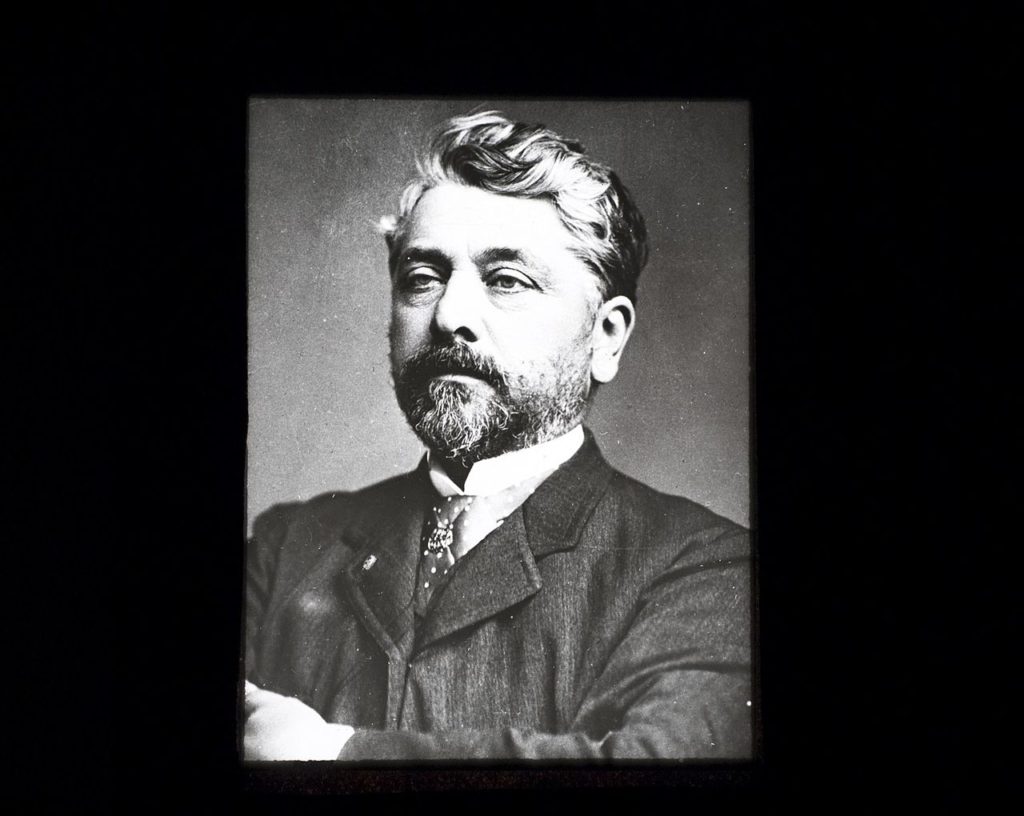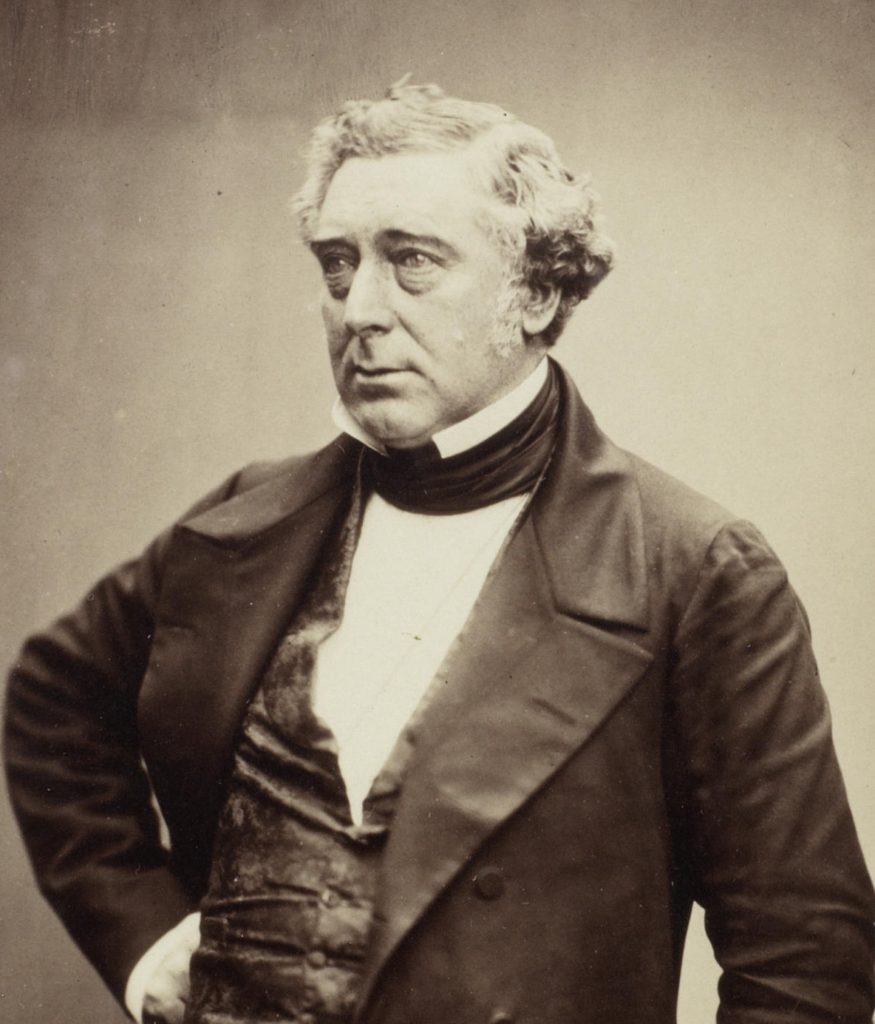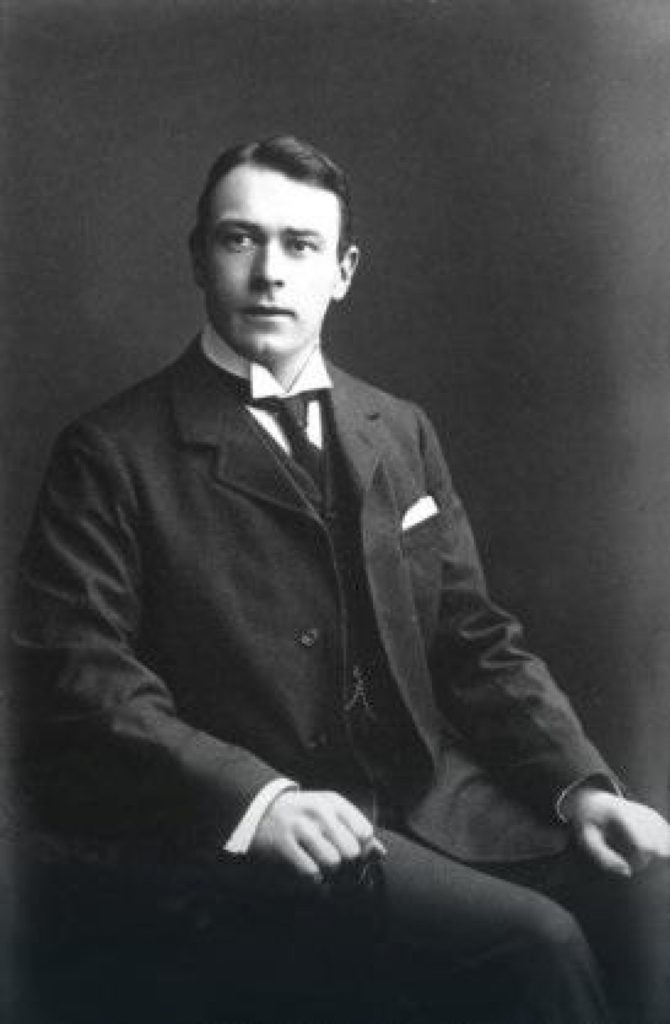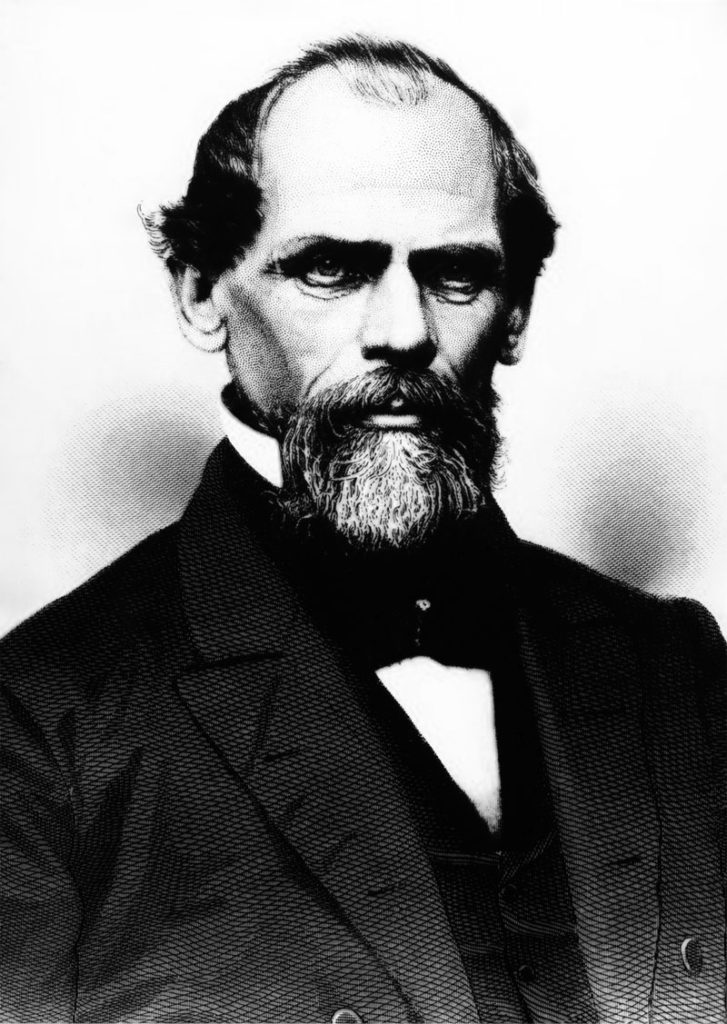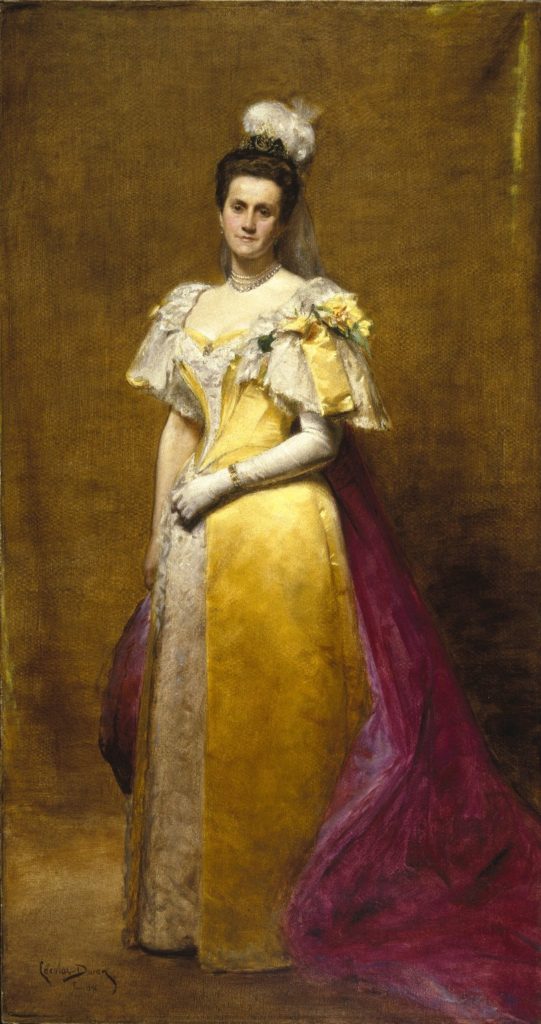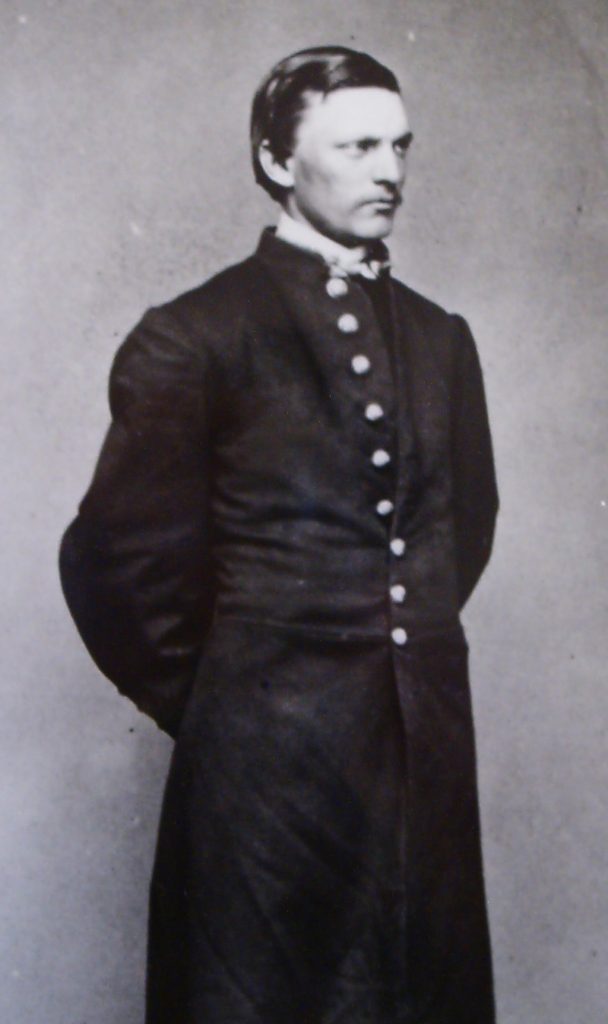


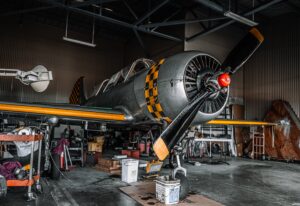


Did you know that mechanical engineering is one of the oldest branches of engineering?
There are many different branches of engineering and mechanical engineering is one of the most diverse and versatile of them. Mechanical engineering integrates the principles of physics, mathematics, engineering, design, and much more. According to Merriam-Webster, “Mechanical engineering is defined as a branch of engineering concerned primarily with the industrial application of mechanics and with the production of tools, machinery, and their products.”
The history of mechanical engineering can be traced back to the Industrial Revolution, when innovators were brainstorming ideas of more economic modes of transportation. Going back further, the screw wheel and axle originated in Ancient Greece and China and were used together in water wells as a mechanism for water retrieval. Mechanical engineering is everywhere in today’s society. When developers are introducing new types of equipment to be used in our daily lives, mechanical engineering is the backbone of their functions. For example, smartphones, trains, planes, and automobiles are developed with mechanical engineering.
Fun facts about mechanical engineering:
- Ralph Teetor was a blind Mechanical Engineer who invented cruise control;
- Aurel Boleslav Stodola was a professor of Albert Einstein and is known for setting in motion the study of thermodynamics;
- Gottlieb Richard Traub is known for creating the Traub motorcycle, which is the rarest motorcycle today; and
- Lillian Gilbreth is known as the first woman to become a member of the American Society of Mechanical Engineers and was also named the “Mother of Modern Management.”
For more information about the history of mechanical engineering, visit https://www.britannica.com/technology/mechanical-engineering.

